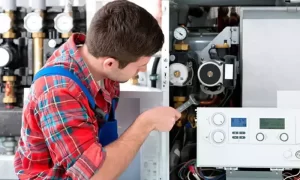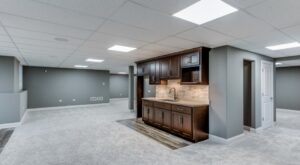Professional building inspectors use infrared thermography to quickly and efficiently detect energy waste, electrical issues, moisture intrusion, waterproofing problems, plumbing and structural issues, as well as missing insulation in buildings. The technology includes an infrared camera that demonstrates the specific location of an issue and focuses the attention of the inspector, ensuring they diagnose the areas in a building that require repairs. An Inspection batiment et thermographe certifié MCM uses infrared thermography for detecting severe problems in construction and product installation. Through thermal imaging, more defects can be discovered before they can cause substantial structural damage. Keep reading to know what thermal imaging can detect:
Roof Leaks
Over time, water can penetrate through even a roof’s smallest perforations. And even if a roof perforation is detected visually, a leak can cause damage that can be some metres away from where the perforation was discovered. Through thermal imaging, inspectors can identify the leak as well as assess the affected area and the damage caused. Sometimes, roof leaks can go undetected until heavy rain occurs. By the time the leak is discovered, was has done damage to the structure of a building.
Heat Loss
Maintaining warmth in a house during the winter is an energy-intensive task for homeowners. Usually, people use thermostats or fireplaces for keeping their homes comfortable. In this case, a home’s insulation plays an important role.
Homes with poor insulation allow heat to escape rapidly, which forms homeowners to put more resources to maintain the comfortable temperature inside their homes. The increase in heating costs can add up quickly. Thankfully, thermal imaging can identify areas where heat might be escaping the most during a building inspection. When the leak path is detected, it can be fixed, so homeowners can save on their energy bills.
Electrical Hazards
Homes and commercial buildings have wires that run through them. When the circuit is overloaded, hot spots can develop that can result in fires or other disastrous conditions when not detected immediately. A lot of building owners carry out periodic temperature checks on their electrical panels and equipment to make sure that everything is working as it should. Usually, homeowners do not realize such hazards since they are not visible right away. Thermal images can expose such hotspots because the wall’s surface has a different surface temperature than the rest of the wall. Realizing these points of failure allows owners to take appropriate action and avoid catastrophic events such as a fire.




